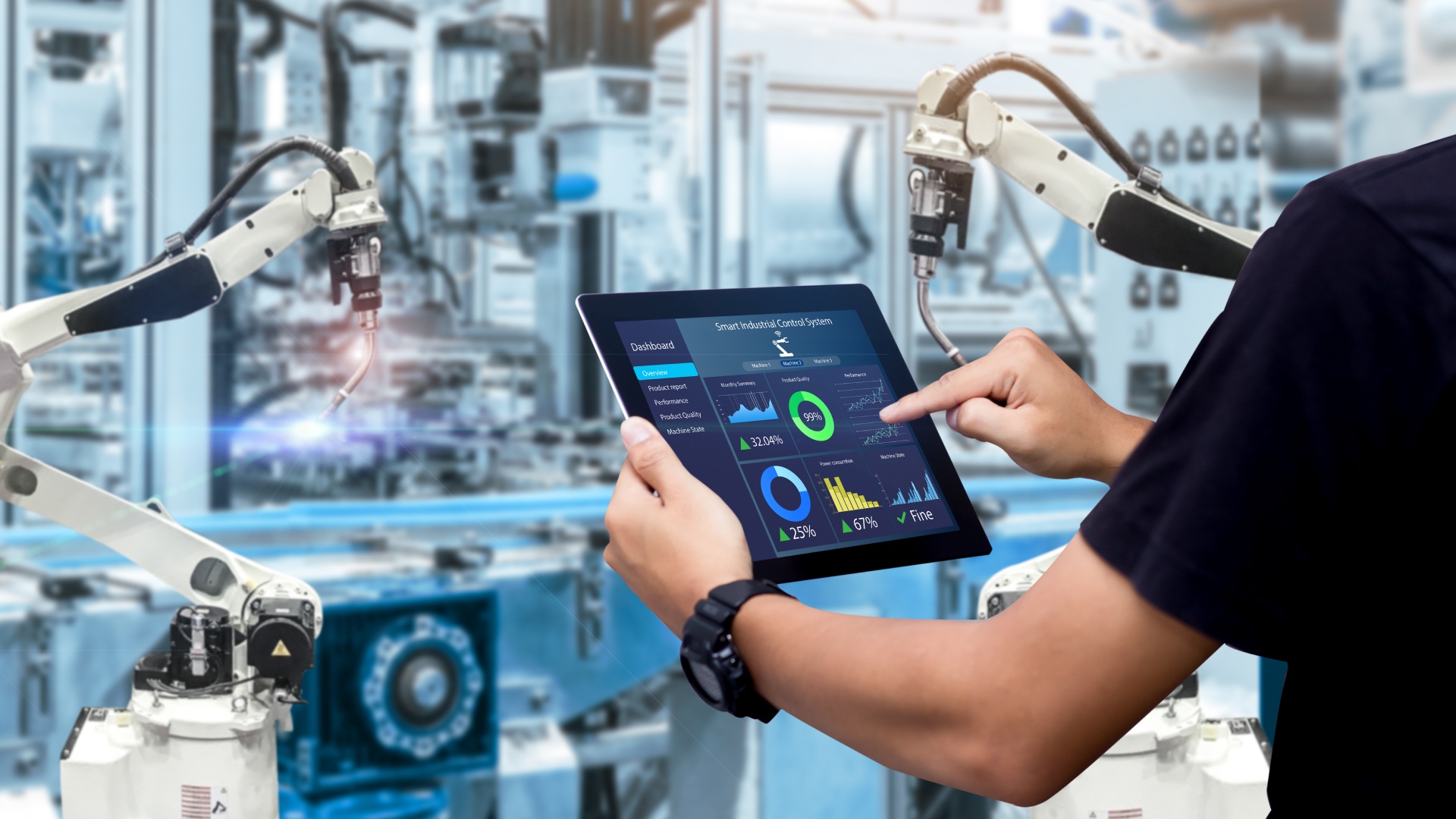Benefits of Industrial Controls in Manufacturing Facilities

Manufacturing facilities face constant pressure to optimize operations while maintaining high safety standards and controlling costs. Industrial controls emerge as the technological backbone that addresses these challenges head-on, transforming how modern facilities operate.
Industrial controls encompass automated systems that monitor, manage, and optimize manufacturing processes. These sophisticated systems include programmable logic controllers (PLCs), supervisory control and data acquisition (SCADA) systems, and human-machine interfaces (HMIs) that work together to create seamless operational flow. We’ll explore the benefits of industrial controls in manufacturing facilities.
Enhanced Efficiency Through Automation
Industrial controls deliver unprecedented efficiency gains by eliminating manual intervention in routine processes. Automated systems execute tasks with precision timing, reducing production bottlenecks and minimizing human error.
Modern facilities experience dramatic improvements in throughput when they implement comprehensive control systems. These technologies enable real-time adjustments to production parameters, ensuring optimal performance across all manufacturing lines. The transformation becomes evident in how industrial controls revolutionized manufacturing by turning unpredictable manual processes into reliable, repeatable operations.
Equipment downtime drops significantly when predictive maintenance features identify potential issues before they cause failures. This proactive approach keeps production lines running smoothly and prevents costly interruptions.
Improved Safety Standards
Safety improvements represent one of the most compelling benefits of industrial control implementation. Automated safety systems respond to hazardous conditions faster than human operators, protecting personnel and equipment from potential harm.
Emergency shutdown procedures activate instantly when sensors detect dangerous parameters such as excessive pressure, temperature variations, or toxic gas levels. These rapid responses prevent accidents that could result in injuries or facility damage.
Understanding how to keep your industrial facility safe involves implementing comprehensive monitoring systems that track environmental conditions, equipment status, and personnel locations. Modern control systems integrate multiple safety protocols, creating layered protection that addresses various risk scenarios.
Worker exposure to dangerous environments decreases substantially when remote monitoring capabilities allow operators to oversee processes from safe control rooms. This separation from hazardous areas significantly reduces workplace injury risks.
Cost Reduction Advantages
Industrial controls generate substantial cost savings through multiple channels. Energy consumption optimization occurs automatically as systems adjust power usage based on actual production demands rather than running at constant maximum capacity.
Waste reduction becomes achievable through precise material handling and process control. Automated systems measure ingredients accurately, reducing raw material waste and ensuring consistent product quality. This precision translates directly into improved profit margins.
Maintenance costs decline when predictive analytics identify equipment issues early. Scheduled maintenance replaces emergency repairs, reducing repair costs and production disruptions. Labor costs also decrease as automated systems handle routine tasks that previously required manual supervision.
Quality control improvements reduce product defects and customer returns. Consistent process parameters ensure uniform output, minimizing costly rework and maintaining brand reputation.
Transforming Manufacturing Operations
Understanding the benefits of industrial controls in manufacturing can streamline operations. These systems deliver measurable improvements in efficiency, safety, and cost management while positioning facilities for future technological advances.
The integration of industrial controls creates opportunities for data-driven decision making and continuous process improvement. Facilities that embrace these technologies gain significant advantages over competitors still relying on manual processes.
Smart manufacturing continues evolving, and industrial controls provide the foundation for advanced technologies like artificial intelligence and machine learning integration. Investing in robust control systems prepares facilities for the next generation of manufacturing innovations.








